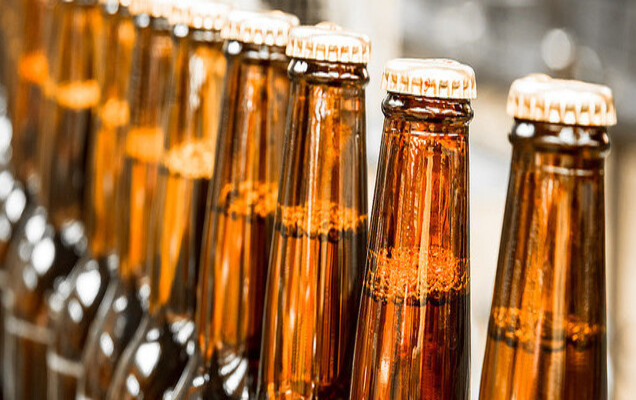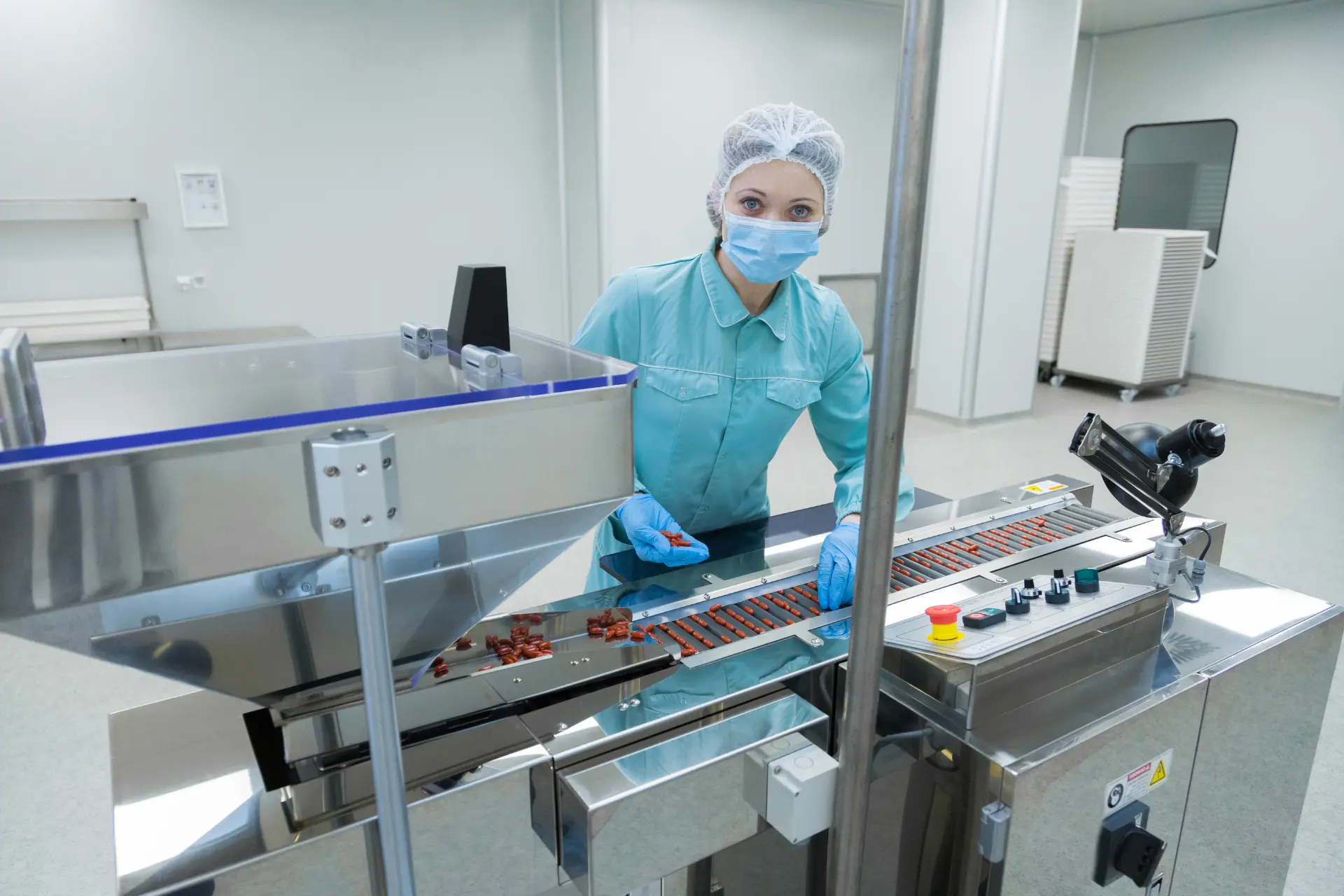Why the Food and Beverage industry needs to apply the principles of lean manufacturing to their innovation processes.
Lean methodology has helped lots of industries retain their competitive edge, from automotive manufacturing to software development. Helen Poole argues: the Food and Beverage industry can learn a lot from the principles behind ‘lean’.
If you’ve read this previous post of mine, you know that I feel strongly about the people who work in product development in the Food and Beverage industry. Their hard and highly specialised work – which they often do under tough conditions, such as tight deadlines, with little support in the way of tech, and lots of moving parts – keeps the companies they work for in business.
These people deliver the innovative thinking that remains an imperative in the industry. But competitive pressures make faster, and first-time perfect outputs more important than ever. And to me that means one thing: we need to take a good hard look at the product development process to support these people better.
The principles of “Lean” can inspire better processes
When, in the 1980s, the automotive industry in the US was falling behind their competitors in terms of quality, cost, and efficiency, they successfully looked to Japanese ‘lean’ manufacturing principles to fix their production processes. The big idea: to achieve a state of “flow”, in which a “product proceeds from design to launch, order to delivery, and raw materials into the hands of the customer with no stoppages, scrap or backflows” (definition courtesy of Assembly Magazine).
Well, I’ll be damned if that’s not exactly what we’re trying to do in Food and Bev manufacturing, too.
So let’s take a closer look – I’m no expert in lean methodology, but the basics are a Google search away[1]: lean manufacturing re-engineers the production process with a view to
- Adding value
- Eliminating waste
The goal is to improve quality while reducing production time and cost. (Sounds good, doesn’t it?)
Sources of waste in Food and Beverage product management
For lean practitioners, ‘value’ is defined as anything that’s of benefit to the customer – that feels pretty straightforward. But it’s the definition of waste that I find fascinating in a Food and Beverage context – waste can be anything that doesn’t add value to the production process. Here are a few examples:
- Waiting for the next production step – I’m thinking that’s just like when a missing approval on a label holds everyone back as the packaging can’t go to print.
- Inventory waste (that’s components and work that are not being processed) – it immediately made me think of good product ideas, company knowledge and insights that for some reason got parked at one time – never to be resurrected again.
- Waste in motion (i.e. people moving or walking more than is required). For me, that translates straight into duplicate admin, such as departments having to chase others for information, or manually re-keying data in another system (If you work in Food and Bev, I’m sure you’ve been there!)
- Defect waste (that’s the effort involved in inspecting for and fixing defects). Well, that’s pretty much a compliance professional’s job description in a nutshell.
What can we learn from ‘lean’?
I think it’s hugely helpful to actually call these process steps out as ‘wastes’, rather than simply ‘business as usual’ in the product development process – because it makes us think of them as something that costs us unnecessarily, and that we should fix.
And, given that other industries have identified the same challenges we face – and found solutions for them – can we learn from lean manufacturing to fix our own problems? I think so. Here’s some lean manufacturing best practice that I’ve found inspiring for what we’re trying to do:
Point of use: it’s a technique that gives people exactly what they need to do their job – the right work instructions, parts, tools and equipment – where and when they need them. Food and Beverage businesses should do the same and give their teams the right digital tools and data capabilities, so people don’t have to start their days by chasing up necessary information, putting it into the required format, or building ad-hoc workflows.
“Stop the line”: this is a principle from the automotive industry, where every employee is given the responsibility (and encouraged!) to push a big red button or pull a lever when they spot anything wrong with a product. The assembly line stops until the root cause is found and fixed. The idea is to fix the bug once, rather than replicate an error over and over again. It also makes quality control a shared responsibility, and every stakeholder accountable. I think this would be a revolution in our industry – but first, we’d need to work with systems that are transparent and traceable enough to support that communal “fixing effort”.
Continuous improvement. This is the idea that your process can always be made better, in a small way. It refers to small, incremental improvements that create more value with less waste. In order to do that, we’d need the tools that help us truly understand our processes, bottlenecks, and where things go off-track – i.e. solid project management and workflow data so we can learn from the past, and work better in the future.
Have I missed something? If you work in the Food and Beverage industry and have experience using lean principles, I’d love to hear about them! Drop me a note in the comments.
If you’re in the Food & Beverage industry, and interested in making better workflows for product development a reality, I think you’d like our ebook “End-to-end product management”.



